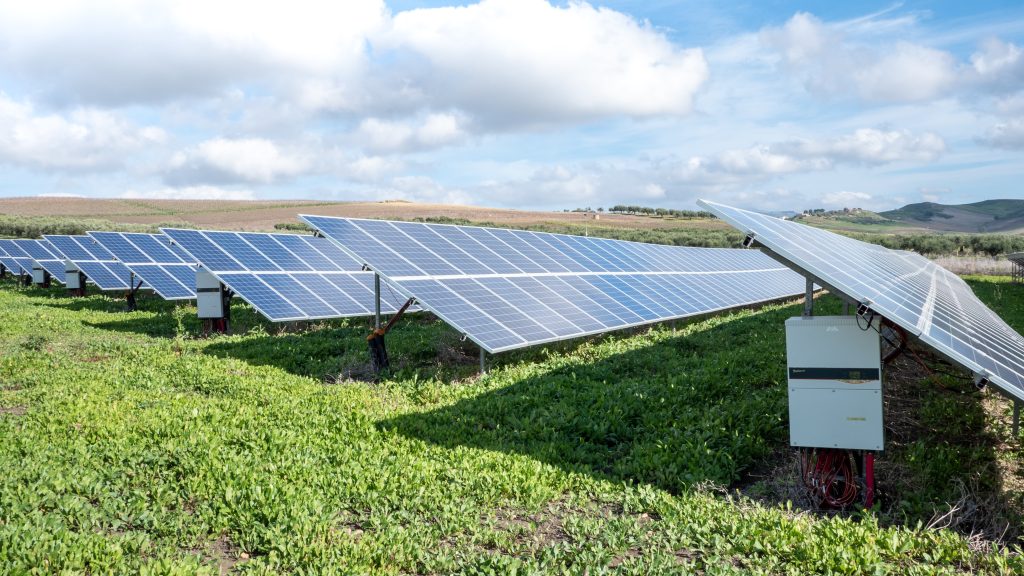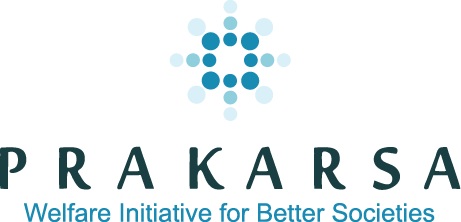

Author: Setyo Budiantoro – Senior Researcher The PRAKARSA, sustainable finance activist
The Green Taxonomy has become a major highlight in public discussion, especially following the criticism it has published Tempo Magazine regarding the possibility of changing from the Green Taxonomy to the Sustainable Taxonomy by the Financial Services Authority (OJK). This criticism highlights concerns regarding refinancing opportunities for the coal and palm oil sectors thereby worsening emissions. However, before delving further into this issue, it is important to understand the essence of the Sustainable Taxonomy and how it differs from the Green Taxonomy.
Green Taxonomy is a framework for identifying and classifying environmentally friendly economic activities. In contrast, the Sustainable Taxonomy covers broader dimensions, including social aspects and good governance, as outlined in the document ASEAN Taxonomy for Sustainable Finance Version 2. This includes respect for human rights, preventing forced and child labor, and considering the impact on local communities.
By understanding these differences, it is normatively clear that the Sustainable Taxonomy has more inclusive and noble goals compared to the Green Taxonomy. However, the concerns expressed by Time also very valid, regarding risk greenwashing and transition washing, which is a possible reason for banks to finance the sector brown back, so it is not a true financial transition.
By definition Asian Development Bank, transition finance is a financial service for high carbon emissions industries and finances their transition to decarbonization. This includes sectors such as coal-fired power generation, steel, cement, chemicals, papermaking, aviation, and construction. The main challenge in the financial transition is the lack of private sector financing for decarbonization activities due to various obstacles. Some of these include unclear definitions of transition activities which can raise concerns of greenwashing, lack of disclosure which encourages false transition activities, lack of financial incentives for reducing emissions, and few decarbonization pilot projects in high-emission sectors.
A credible financial transition is key to achieving the Paris Climate Agreement, as emphasized in “OECD Guidance on Transition Finance : Ensuring the Credibility of Corporate Climate Transition Plans”. The guidance ensures the credibility of corporate climate transition plans. To achieve the goals of the Paris Agreement, all sectors in the global economy, especially industries that find it difficult to reduce emissions, must decarbonize rapidly. The guidance is relevant for policymakers, regulators, companies developing transition plans, and financial market participants planning to provide financing for the implementation of net-zero strategies. It emphasizes greater transparency, comparability and granularity in corporate transition plans, as well as the need for adequate environmental and social safeguards.
Let's look at some examples of innovation in sectors that need to decarbonize and require transition finance in the Indonesian context. For example, utilization Fluidized Bed Combustion Ash (FABA) or fly ash waste, which amounts to more than 10 million tons. FABA has the potential to be used in a variety of sustainable applications, such as building materials and fertilizer. An in-depth study of the use of fly ash found that one of the most promising uses is in construction as a partial replacement for Portland cement, besides being easier for making bricks and paving blocks.
Other research shows that ash from burning in FABA reactors can be used to improve soil quality. This ash can help maintain the availability of nutrients and manage heavy metal content in the soil, so that the soil becomes better for plant growth. This is an example of how innovation and utilization of industrial waste can contribute to the sustainability transition and reduction of carbon emissions and promote a circular economy.
Strategy co-firing, which involves the co-combustion of coal with biomass or waste, offers significant advantages in reducing carbon emissions from coal-fired power plants, as biomass and waste generally have a lower carbon footprint than coal. Apart from that, this strategy can also reduce waste disposal costs by using waste as fuel, which in turn supports more efficient waste management. Transition financing can be used to modify existing facilities or build new infrastructure as needed co-firing.
As the largest producer and exporter of palm oil in the world, palm oil waste can be processed into sustainable energy sources, such as biogas produced from liquid palm oil waste or palm oil mill effluent (POME) through technology anaerobic digester (AD). A study shows that biogas utilization from POME has only reached 28.39 million m3 until 2021, far from the target of 489,8 million m3 in 2025 based on the General National Energy Plan (RUEN). This shows that there is still great potential to optimize the use of biogas, especially from palm oil industry waste, to support the achievement of renewable energy targets and requires transition finance.
In the world of finance, several important innovations have emerged to support the transition. One of these financial instruments is Sustainability Linked Bonds (SLB) and Sustainability Linked Loans (SLL), which links financing costs to the company's achievements against Key Performance Indicators Established sustainability KPIs, such as reducing greenhouse gas emissions, increasing energy efficiency, or adopting renewable energy. The more ambitious the KPI targets a company achieves, the lower its financing costs, which in turn encourages companies to set and implement more ambitious decarbonization plans.
Transition Bonds is another financing instrument specifically designed to fund large-scale transition projects that help companies move towards low-carbon business models. Funds generated from sales Transition Bonds can be used for various initiatives such as the development of clean technologies, energy efficiency, or other projects that contribute to reducing emissions.
Other than that, blended finance can also play an important role in attracting private investment by leveraging concessional financing to reduce investment risks for the private sector in positive impact projects such as renewable energy. With reduced risks, more private investment can flow to fund decarbonization initiatives that may have higher investment risks.
KPI validation against Science-Based Targets (SBT) is an important step to ensure the credibility and integrity of the financial transition. SBT ensures that the company's emissions reduction targets are in line with the 1,5°C global warming threshold under the Paris Agreement, thereby preventing the practice of “transition washing” which could damage the reputation and trust of investors. This validation also helps companies set and implement ambitious decarbonization goals aligned with global commitments to reduce climate change.
So it can be concluded, the Sustainable Taxonomy in principle not only brings environmental benefits, but also brings social and economic benefits, helping to create a more sustainable and inclusive economy to support the Sustainable Development Goals (SDGs). However, to ensure this, transition finance the truth must be ascertained. The Financial Services Authority needs to ensure that this is included in strong regulations, as well as ensuring regulation disclosure, so that openness and certainty of a credible transition can be ensured.
***
This article was previously published on tempo.co by title "Credible Green Transition Financing”. Click to read: tempo.co

